Essential Dirt Bike Upgrades For Essential Recreation Part 2 - Making the Mileage

Fitting the IMS 3-gallon tank onto a 500 EXC
You know what’s worse than carrying a six-pound jug of gas on your hip? Carrying two of them. I know my riding buddies (particularly the one who puts together the awesome rides) are tired of hearing it, but c’mon strapping a gallon of gas to your waist is a drag – and sometimes, I still have to carry two. It’s a requirement for the super remote rides we usually go on in order to get deep into the backcountry – and back out again. I’d like to say the three-gallon IMS tank solved that issue for me, but really, a larger than stock tank is already imperative for the type of riding I do – plus a lil extra when the mileage calls for it.
Essential Dirt Bike Upgrades For Essential Recreation Part 1 – Protecting Your Investment
Essential Dirt Bike Upgrades For Essential Recreation Part 3 – Saddle Sore, No More
IMS has been around for nearly 50 years manufacturing and retailing motorcycle parts. These days IMS is mostly known for its larger than stock fuel tanks (which are available for a number of brands and models) with optional dry break receivers (for racing), footpegs, and shift levers. For the 2022 KTM 500 EXC-F, IMS offers two capacities of its rotationally-molded crosslinked polyethylene fuel tanks: 3 and 4.5 gallons – both are available in black or natural colors.
Since I already expressed my disdain about carrying gas in addition to the 3-gallon tank, you might be wondering why I didn’t opt for the larger 4.5-gallon version. I find the smaller option to provide the best capacity-to-performance ratio. I can hardly tell the difference between the stock 2.25-gallon tank versus the 3-gallon IMS one when riding. The 4.5 is much larger all around and extends out past the shrouds on either side. In addition to the size and extra weight, the fuel sloshing back and forth through the tank can create a slide hammer-like effect, which is most prominent at anything other than low or topped up fuel levels. Rather than having to deal with those potential issues, I’d rather carry gas when the mileage is going to be north of 135 miles between gas stops.
Installation
Installing the IMS tank is a fairly straightforward affair. One of the few places that can sometimes cause frustration during a tank swap is reinstalling the fuel pump (if your bike is fuel injected, obviously). I’ve found that running a length of wire through the tank and attaching it to the fuel pump’s threads allows it to be pulled through the tank and out the bottom fairly easily (IMS also suggests this in its installation instructions).
Once I had the fuel pump securely mounted, the tank and shrouds bolted back in place just as they did with the stock units (the Enduro Engineering radiator guards didn’t cause any issues either). The seat, however, required a bit more coaxing to get back into place which can be a bit annoying.
The only potential issue I found while installing the IMS fuel tank was that the fuel line was now routed in such a way that it sat against the cylinder wall. It’s great that it isn’t in a position to potentially get snagged on something while riding in tight situations, but the heat from the cylinder was a cause of concern. IMS suggests using an upgraded billet KTM factory fuel pump connector (the stock connector is plastic) to resolve this issue. Since I was doing this install just before a trip, I wasn’t going to have time to wait for parts. Instead, I clamped a piece of high-temp insulative material to the hose to give it some additional protection.
Trail testing
What better way is there to test the tank than heading out into the vast expanses of the southwestern U.S. for nearly 800 miles? Well, of course there are plenty of things that could go wrong, but I’m happy to report that it has worked just as a fuel tank should – it holds gas.
The design of the IMS tank doesn’t feel any wider than stock between the knees, and although it does come up higher near the cap, It hasn’t hindered my riding in any way. This is totally subjective, but I also think the newer IMS tanks look more stylish than the older versions, and so far, I haven’t had any issues with discoloration or staining from ground in terra.
My mileage generally hovers around 45 mpg with the 500 EXC-F, so 135 miles of range is what I typically get out of the IMS tank. During my first dual-sport ride with the new tank, three of our five days were pushing 180 miles which meant I still had to carry gas, but I couldn’t have done the trip without the larger fuel tank.
Again, for me, the three-gallon IMS fuel tank sits at the right combination of range and performance. I have had Acerbis and IMS tanks on different bikes over the years, and for some time, I preferred Acerbis simply because they looked nicer to me. To date, I haven’t had issues with tanks from either brand. With a more modern look and the fact that IMS is a California-based company, you’d be hard pressed to find a reason not to consider their products if you’re looking to increase your range.
Additional Resources
We are committed to finding, researching, and recommending the best products. We earn commissions from purchases you make using the retail links in our product reviews. Learn more about how this works.
Become a Motorcycle.com insider. Get the latest motorcycle news first by subscribing to our newsletter here.

Ryan’s time in the motorcycle industry has revolved around sales and marketing prior to landing a gig at Motorcycle.com. An avid motorcyclist, interested in all shapes, sizes, and colors of motorized two-wheeled vehicles, Ryan brings a young, passionate enthusiasm to the digital pages of MO.
More by Ryan Adams





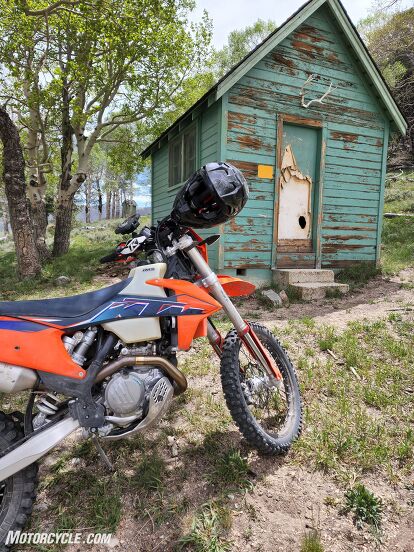











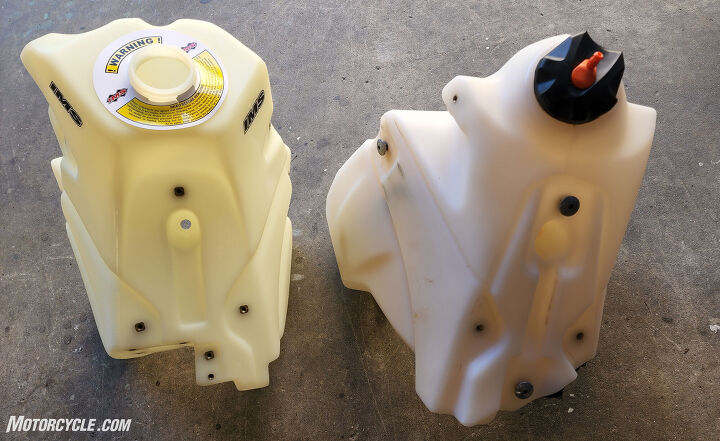





















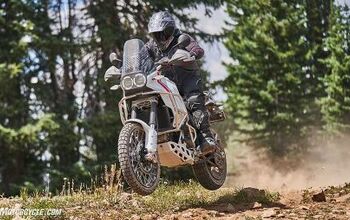
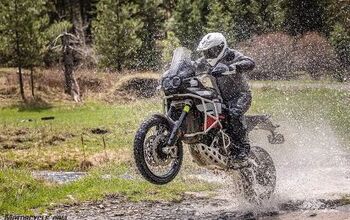















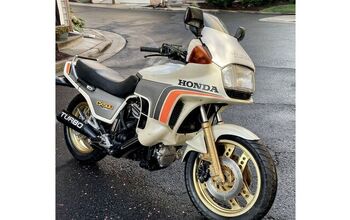
Comments
Join the conversation
I probably would have went with a Desert Fox fuel cell or possibly a Rotopax. Either mount very nicely to a rear rack...but the Desert Fox has the better form (for me).
Also. Even with the larger gas tank, this bike is easily 50+ pounds LIGHTER than the "Lightweight Adventure Bike" MO is building.
I wish more bikes came with factory options for larger tanks, Street bikes included. They all seem to keep shrinking their tanks